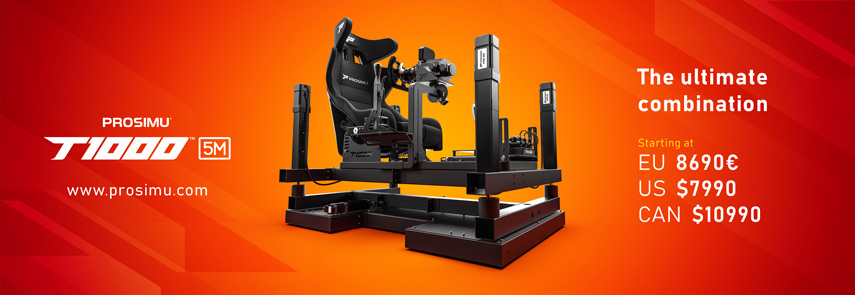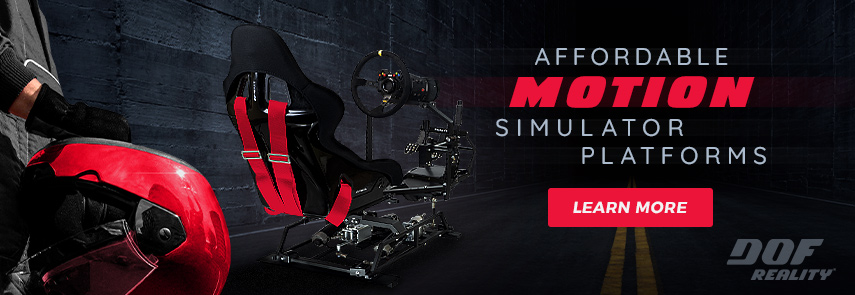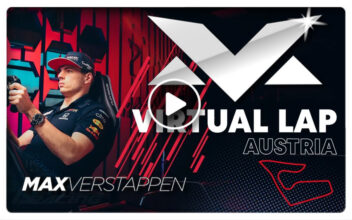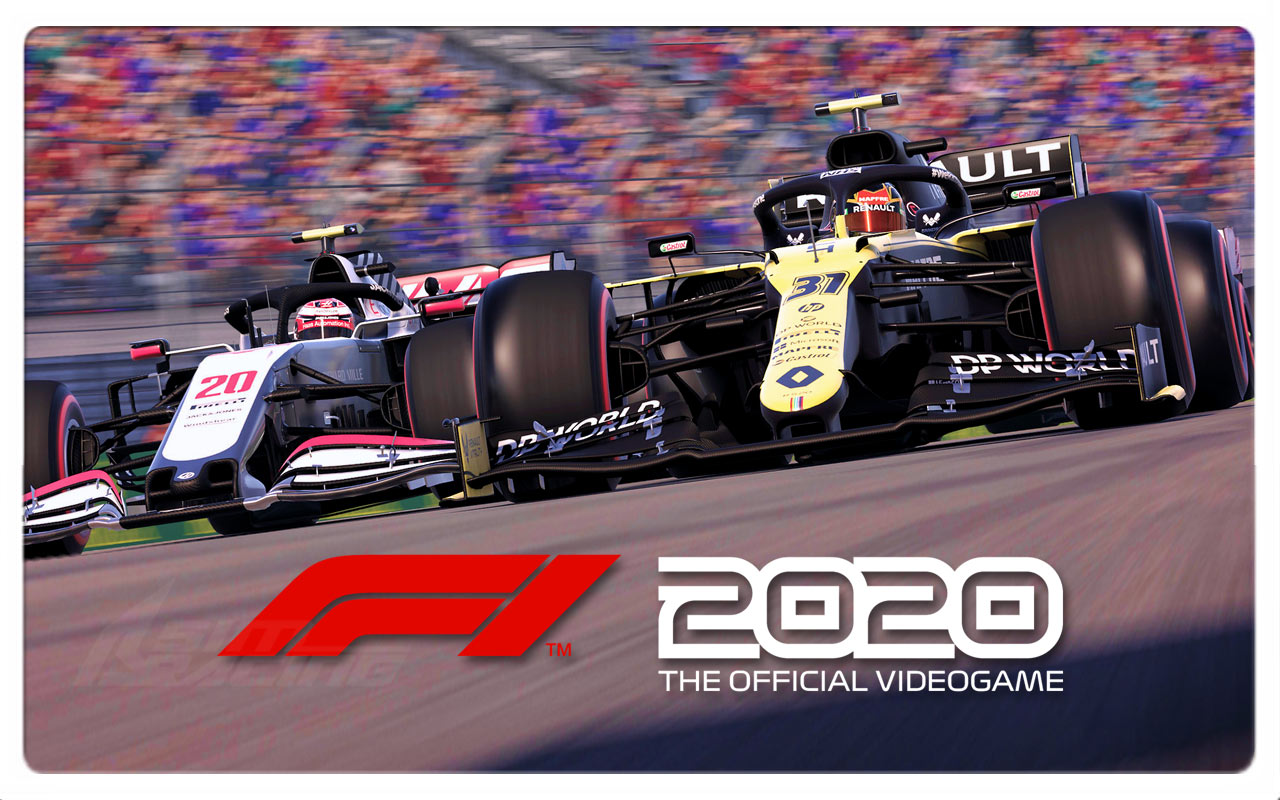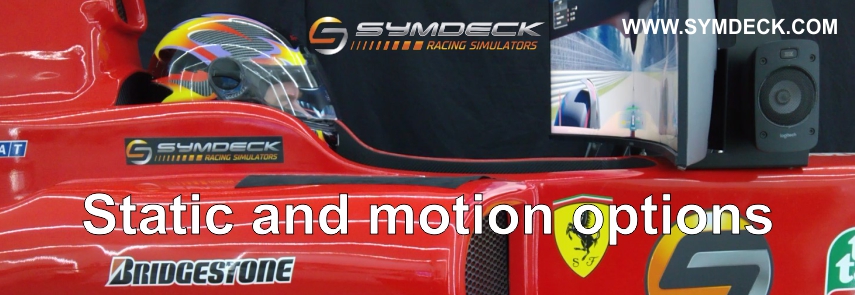
In their latest F1 2020 Guide video Codemasters informs players about the braking performance and the ABS system, and more importantly, how to drive without it, in order to improve your lap times.
Braking is a difficult technique to master, but also a place where big performance gains can be made.
ABS Explained
The Anti-Lock Braking System (ABS) is an assist designed to help you with your braking performance. When you lock the front wheels you can no longer rotate the car into a corner. ABS helps to prevent this.
Why would you want to drive without it? In simple terms, its possible to drive faster with ABS disabled.
ABS works by controlling your brake pressure at the moment your wheels begin to lock. When the system detects a locked wheel, it releases the brake pressure and applies it again. This helps keep the wheels rotating, but also results in longer braking distances into corners.
If you drive without ABS You’ll be able to brake later, resulting in better lap times overall.
Understanding Grip
Before we can learn how to drive without ABS, we need to understand how tyres grip the road.
Each tyre has a certain amount of grip to offer, which changes depending on your speed and inputs. If you go above that limit by braking too hard, for example, the wheek starts to slide.
When you turn the steering wheel som of the available grip is spend in rotating the car. This in turn means you have less grip available to use when braking or accelerating.
The amount of grip you have available also changes depending on how fast the car is going. At high speed the car’s downforce is pressing the car into the ground, giving the tyres more grip. As you slow down, this level of grip decreases, and you can’t brake as hard as you would at high speed.
With this basic understanding of how tyres work, you can now try applying some braking techniques.
Trail Braking
Trail-Braking is a technique where a driver combines braking and turning to use all of the grip available from the tyres.
As you aproach a corner at high speed, brake as hard as you can, using the grip this speed provides.
Now that you’re slowing down your available grip decreases, so gradually release the brake pressure. As you do this continue to lift off the brake until you reach the apex and aren’t braking anymore.
Trail braking allows you to brake later without locking up but is a tricky skill to master. Get it right though and you’ll see a big leap in your performance.
Cadence Braking
Cadence braking is slightly different to trail braking but can also be affective, especially in the rain.
Your initial approach is the same, braker hard at high speed. Instead of gradually lifting off the brake at low speed, lift off quite a bit and begin to turn. Once you’ve done this, increase the brake pressure again until you feel the tyres loosing grip. You’ll do this lifting and re-applying three or four times before you reach the apex.
You may find Trail-Braking easier to learn, however it’s worth trying Cadence Braking too. Its essentially a manually operated version of ABS, but one you’ll have total control over at all times.
Elevation Change
On a flat surface breaking can be fairly straightforward, however this changes when going up or downhill.
In an uphill turn you’ll face more resistance from the road pressing against the tyres. This provides the tyres with more grip than normal, allowing you to brake later and harder.
On a downhill slope you have to be wary of the opposite effect however. The road is “falling away” from the car and you may be entering a corner at a higher speed than normal.
It’s easy to lock up the tyres here, so break earlier and less aggressively before the turn.
Braking Balance
If you find yourself locking up into corners as you turn, you can try adjusting the Break Balance.
A lower percentage will send more breaking force to the rear tyres, letting you steer the car more. If you’re confident in your braking ability, you can increase this setting to get more stopping power.
You’ll be able to brake later into corners, but have less grip available to turn while braking.
The F1 2020 Seventy Edition game by Codemasters is available for the PlayStation4, Xbox One & Xbox One X, Windows PC (DVD and Steam), and Google Stadia.
The digital download PC versions of F1 2020 are available via Steam. The F1 2020 Seventy Edition can be purchased for 54,99€, while the F1 2020 Deluxe Schumacher Edition has a 69,99€ price tag.
Official Website – www.formula1-game.com
 Bsimracing Sim Racing Resources and News for the racing enthousiast.
Bsimracing Sim Racing Resources and News for the racing enthousiast.

